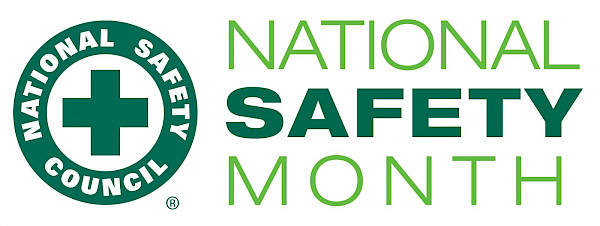
MANCHESTER (June 7, 2023) – As we enter the month of June, we also embrace National Safety Month, a time dedicated to highlighting the importance of safety in all aspects of our lives. This observance is particularly significant in skilled nursing homes and long-term care centers, where the well-being of residents and staff is of utmost importance.
A safety mindset involves being proactive, vigilant, and taking necessary precautions to protect the well-being of everyone in the care center and avoid preventable injuries. By instilling a safety mindset, skilled nursing care providers empower their staff to prioritize safety and ensure the highest standards of care for residents.
Steps to Ensure a Safe Environment in Long Term Care:
-
Comprehensive Staff Training: Training covers a wide range of topics, including infection control, medication management, emergency response, resident lifting and transferring techniques, and the proper use of safety and other equipment. Ongoing education ensures that staff members stay updated on best practices and remain competent in their roles.
-
Robust Risk Assessment: Conducting regular risk assessments allows nursing homes to identify potential hazards and implement preventive measures. This includes evaluating the physical environment for safety hazards, assessing infection control practices, and identifying areas where improvements can be made. Regular internal and external inspections and audits play a vital role in maintaining a safe environment.
-
Effective Communication: Establishing effective communication channels is crucial for promoting a culture of safety. Skilled nursing care providers should encourage open and transparent communication among staff members, allowing them to report safety concerns, near-misses, and incidents promptly. Creating a non-punitive reporting system helps identify potential hazards and address them proactively.
-
Fall Prevention Measures: Falls are a significant concern in nursing homes, leading to injuries and reduced quality of life for residents. Providers implement various fall prevention measures, such as installing handrails, ensuring proper lighting, removing tripping hazards, conducting regular assessments of residents’ mobility, providing education to staff and residents about fall prevention strategies and creating and implementing care plans and interventions specific to individual residents.
-
Infection Control Practices: Given the last several years, it has become abundantly clear that preventing the spread of infections is crucial in healthcare settings. Skilled nursing care providers must establish and enforce robust infection control protocols, including hand hygiene practices, proper use and disposal of personal protective equipment, routine disinfection of shared equipment and surfaces, and isolation precautions when necessary. Ongoing staff education and monitoring of compliance are essential for maintaining a safe environment, especially as infection control precautions continue to be regularly updated and adjusted.
-
Emergency Preparedness: Nursing homes in Connecticut work closely with and within the Long Term Care Mutual Aid Plan (MAP) to have a well-defined emergency response plans to address various situations, such as natural disasters or mass medical emergencies. MAP facilitators ensure regular drills, staff education, and clear communication protocols ensure that leadership and front line staff members are prepared to respond effectively during critical situations.
These are just a few examples of the work that goes into ensuring a safe environment. Specialized programs and units and caring for special populations, such as individuals with cognitive and behavioral diagnoses require extensive safety planning and actions.
Embracing a safety-conscious approach not only safeguards the physical and mental health of all individuals involved but also enhances the overall quality of care delivered in skilled nursing and long-term care.

